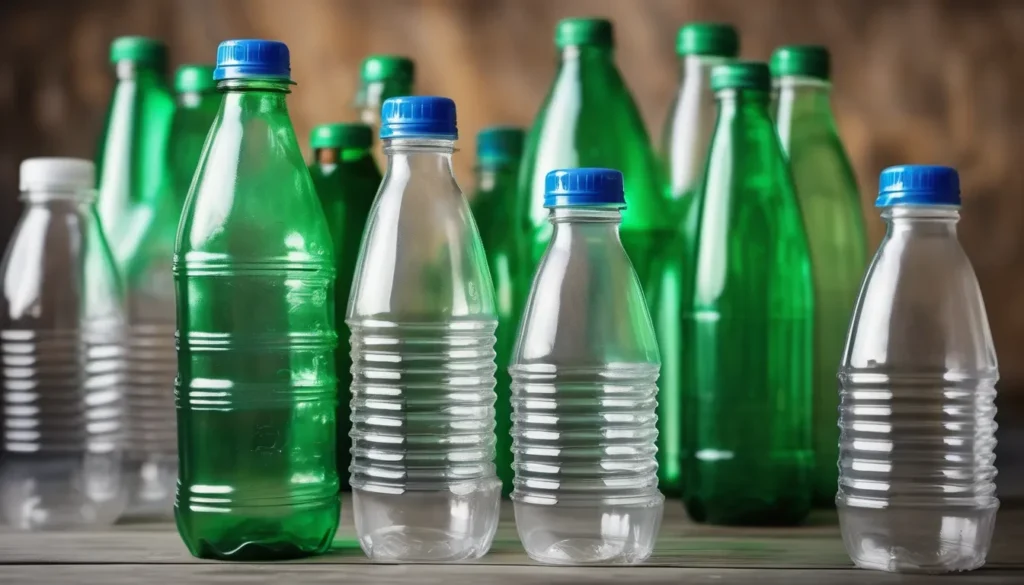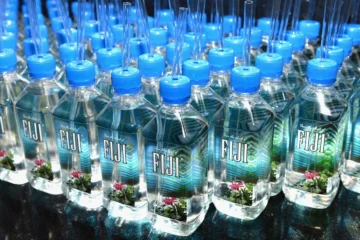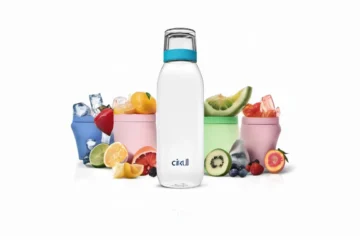Introduction to the importance of hydration for kids
Keeping kids hydrated is crucial for their health and well-being, especially during those hot summer days or active playtimes. Water plays a vital role in maintaining energy levels and supporting cognitive function. With so many water bottle options available today, parents often find themselves asking: which one is best for their little ones? The choice usually boils down to stainless steel versus plastic. Each type comes with its own set of advantages and disadvantages, making it important to weigh your options carefully. Let’s dive into the world of water bottles for kids and explore what makes each option unique!
Pros and cons of stainless steel water bottles

Stainless steel water bottles have gained popularity among parents looking for a durable and safe hydration option for their kids. One significant advantage is their durability. These bottles can withstand drops and rough handling, making them perfect for active children.
Another benefit is insulation. Many stainless steel options keep drinks cold or hot for extended periods, ensuring your child enjoys refreshing water throughout the day.
On the downside, these bottles can be heavier than plastic counterparts. For younger kids or those with smaller backpacks, this might be an important consideration.
Additionally, some stainless steel models come with higher price tags compared to plastic bottles. Budget-conscious families may find that purchasing multiple plastic bottles is more economical in the short term.
If not cleaned regularly, they can retain odors or flavors from previous beverages despite being less porous than plastic alternatives.
Pros and cons of plastic water bottles

Plastic water bottles are popular for their lightweight and convenience. Kids can easily carry them, making hydration on the go simple. They come in various colors and designs, which often appeal to children.
However, there are downsides to consider. Many plastic bottles contain BPA or other harmful chemicals that can leach into beverages over time. This raises health concerns for young ones who are still developing.
Durability is another factor; plastic can crack or break when dropped, leading to spills or waste. While some plastics claim to be recyclable, not all end up being processed properly.
Parents must also keep in mind that single-use plastic contributes significantly to environmental pollution. Choosing a reusable option could help instill eco-conscious habits in kids from an early age.
Factors to consider when choosing a water bottle for kids
When selecting a water bottle for kids, size matters. A lightweight and compact design is ideal for small hands and backpacks.
Consider the material. Stainless steel offers durability while plastic can be more affordable. Each has its own pros and cons to weigh.
Look at the lid type too. Some bottles feature flip tops, others have straws or screw caps. Choose one that your child will find easy to use.
Cleaning is crucial as well. Opt for dishwasher-safe options or those with wide openings for simple hand washing.
Think about designs and colors that appeal to your child’s interests. A fun style can encourage them to stay hydrated throughout the day, making it an enjoyable experience rather than a chore.
The impact of plastic on the environment and health concerns
Plastic pollution poses a significant threat to our environment. Each year, millions of tons of plastic waste end up in oceans and landfills. This not only harms wildlife but also disrupts entire ecosystems.
Moreover, the production process for plastic is energy-intensive, contributing to carbon emissions and climate change. As plastics break down into microplastics, they infiltrate soil and waterways, impacting food chains.
Health concerns are equally pressing. Chemicals used in some plastics can leach into beverages or food sources. This exposure has been linked to various health issues in children, including hormone disruption.
By choosing alternatives like stainless steel water bottles for kids, we reduce the demand for single-use plastics. Such choices benefit both personal health and the planet’s well-being. Awareness around these issues is crucial as we navigate daily consumption habits.
Advantages of stainless steel water bottles for kids
Stainless steel water bottles offer numerous benefits for kids. First and foremost, they are incredibly durable. Kids can drop or toss them around without worrying about cracks or leaks.
Another significant advantage is insulation. Many stainless steel options keep drinks cold for hours, making hydration more enjoyable during hot days at school or outdoor activities.
Safety is also a key factor. Unlike plastic, stainless steel doesn’t leach harmful chemicals into the water. Parents can feel confident knowing their children are drinking from safe materials.
Additionally, these bottles often come in fun designs and colors that appeal to kids, encouraging them to carry their own water bottle for kids wherever they go.
Choosing a stainless steel option supports sustainability efforts by reducing reliance on single-use plastics. This small change can lead to healthier habits and a healthier planet for future generations.
How to encourage kids to use reusable water bottles

Making hydration fun can work wonders. Let kids personalize their reusable water bottles with stickers or markers. This way, they’ll feel a sense of ownership and pride.
Lead by example. Show them how you use your stainless steel water bottle throughout the day. Kids love to mimic adults, so let them see the benefits firsthand.
Incorporate routines around using these bottles. Create a habit where they fill up before school or sports practice. Reinforcing this behavior helps make it second nature.
Consider gamifying hydration! Set challenges for daily water intake or reward them when they remember to bring their bottle along.
Educate them about sustainability and health impacts of single-use plastics versus reusable options. When children understand why it’s important, they’re more likely to commit to using their own water bottles consistently.
Conclusion: The best option for your child’s health and the environment
Choosing the right water bottle for kids can have a significant impact on their health and well-being, as well as on the environment. Stainless steel water bottles stand out for their durability, safety, and eco-friendliness. They provide an excellent alternative to plastic options that may leach harmful chemicals and contribute to environmental pollution.
While plastic water bottles are lightweight and often less expensive, they come with concerns about long-term use and sustainability. The increasing awareness of how single-use plastics affect our planet highlights the importance of making informed choices.
Promoting hydration is essential for your child’s growth and development. By opting for a stainless steel water bottle, you ensure that your child stays hydrated while also teaching them valuable lessons about reducing waste. Encouraging kids to embrace reusable options fosters good habits early in life.
Investing in a quality stainless steel water bottle not only benefits your child’s health but also contributes positively to preserving our environment for future generations.



